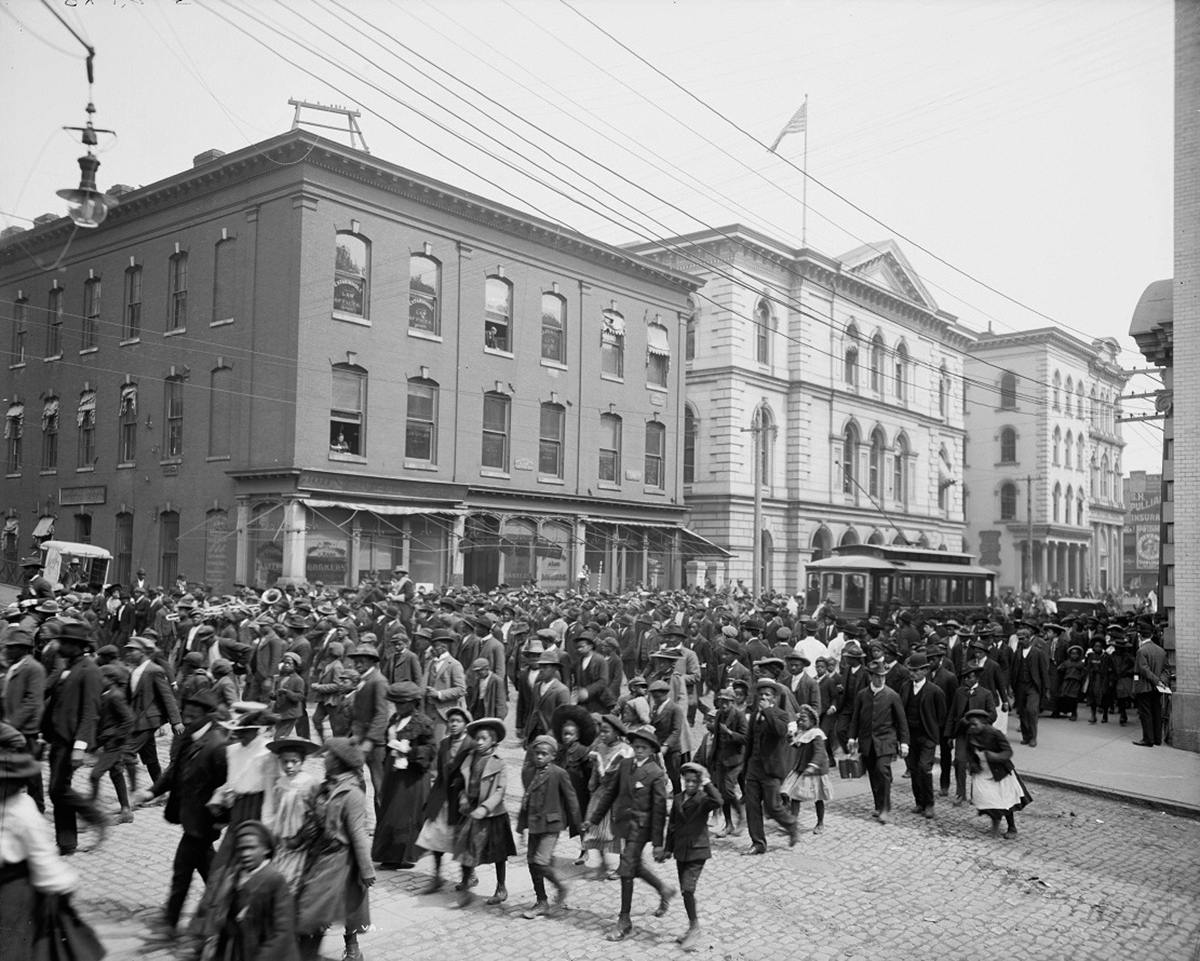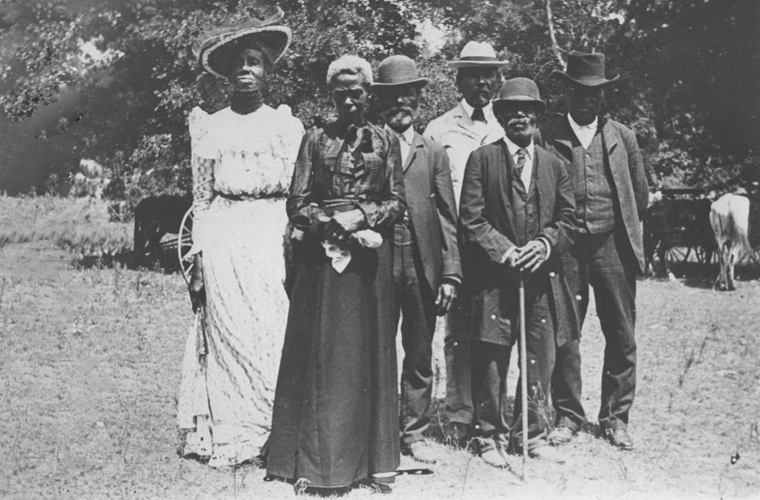On June 19, 1865, an event occurred in Galveston, Texas, which is now celebrated as Juneteenth. It marks the day when Union General Gordon Granger arrived in Galveston and issued General Order No. 3, officially announcing the end of slavery in Texas and declaring that all enslaved people were to be freed. This took place over two and a half years after the Emancipation Proclamation had been signed by President Abraham Lincoln, which had declared freedom for enslaved people in Confederate states.
The delay in the news reaching Texas was primarily due to the minimal presence of Union troops in the state during the American Civil War. Additionally, slaveholders had intentionally withheld this information from the enslaved people in order to maintain their labor force. General Granger’s arrival and proclamation on June 19, 1865, finally brought the news of emancipation to Texas, marking a significant moment in the abolition of slavery in the United States.

The newly freed people in Texas immediately celebrated their freedom, and Juneteenth celebrations began the following year as an annual tradition. These celebrations typically included parades, gatherings, picnics, and religious services. Over time, Juneteenth spread to other states as African Americans migrated and carried the tradition with them. It has become an important holiday commemorating the emancipation of enslaved people and celebrating African American culture, history, and achievements.
Juneteenth was officially recognized as a state holiday in Texas in 1980, and it has gained increasing recognition and observance across the United States. On June 17, 2021, it was signed into law as a federal holiday by President Joe Biden, making Juneteenth National Independence Day a federally recognized holiday. This historic recognition acknowledges the significance of Juneteenth in American history and its ongoing importance in promoting equality and justice.
General Order Number 3
One of General Granger’s first orders of business was to read to the people of Texas, General Order Number 3 which began most significantly with:
“The people of Texas are informed that in accordance with a proclamation from the executive of the united states, all slaves are free. This involves an absolute equality of rights and rights of property between former masters and slaves, and the connection heretofore existing between them becomes that between employer and free laborer.”

